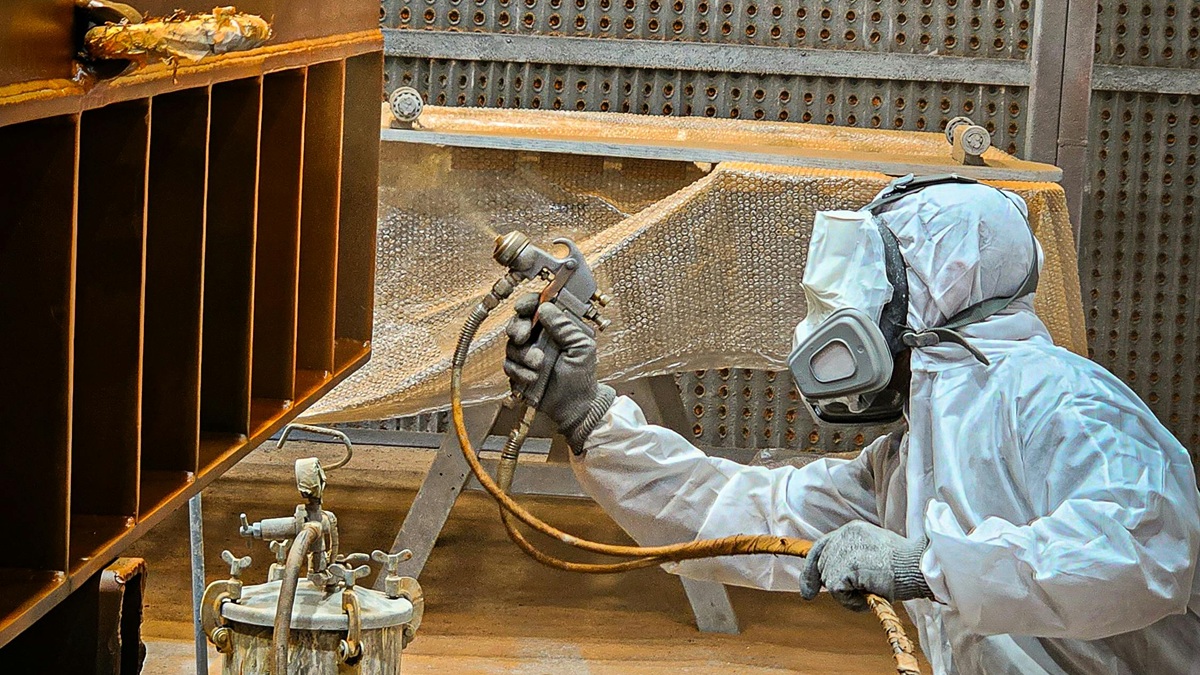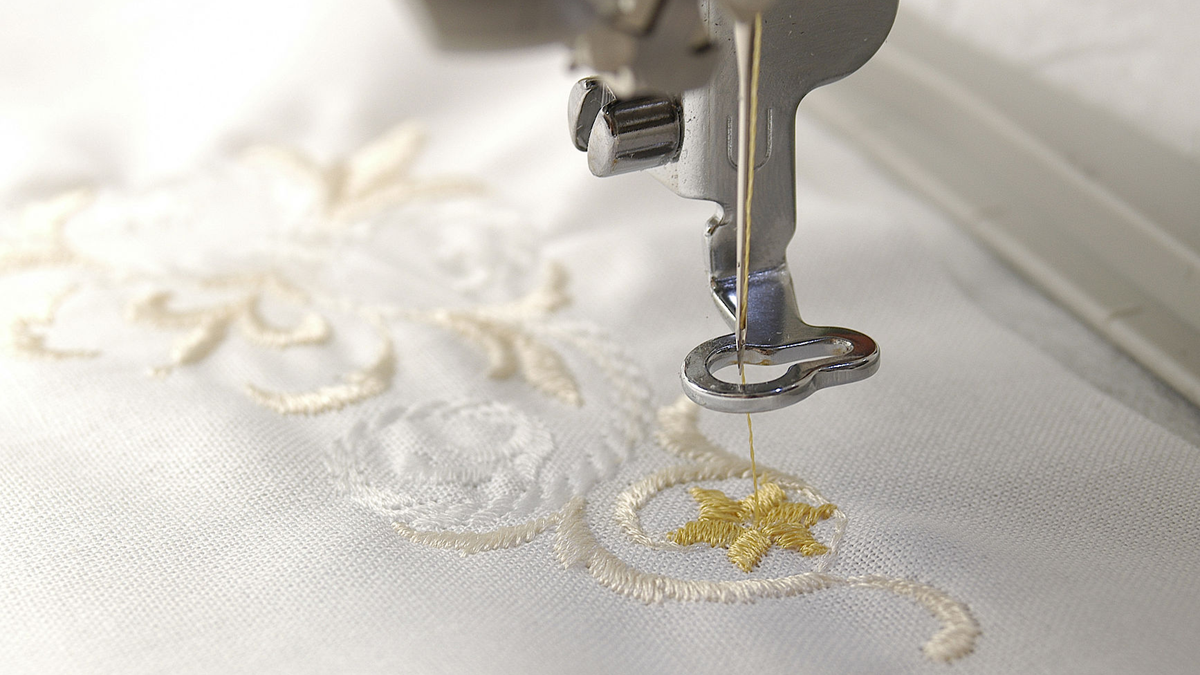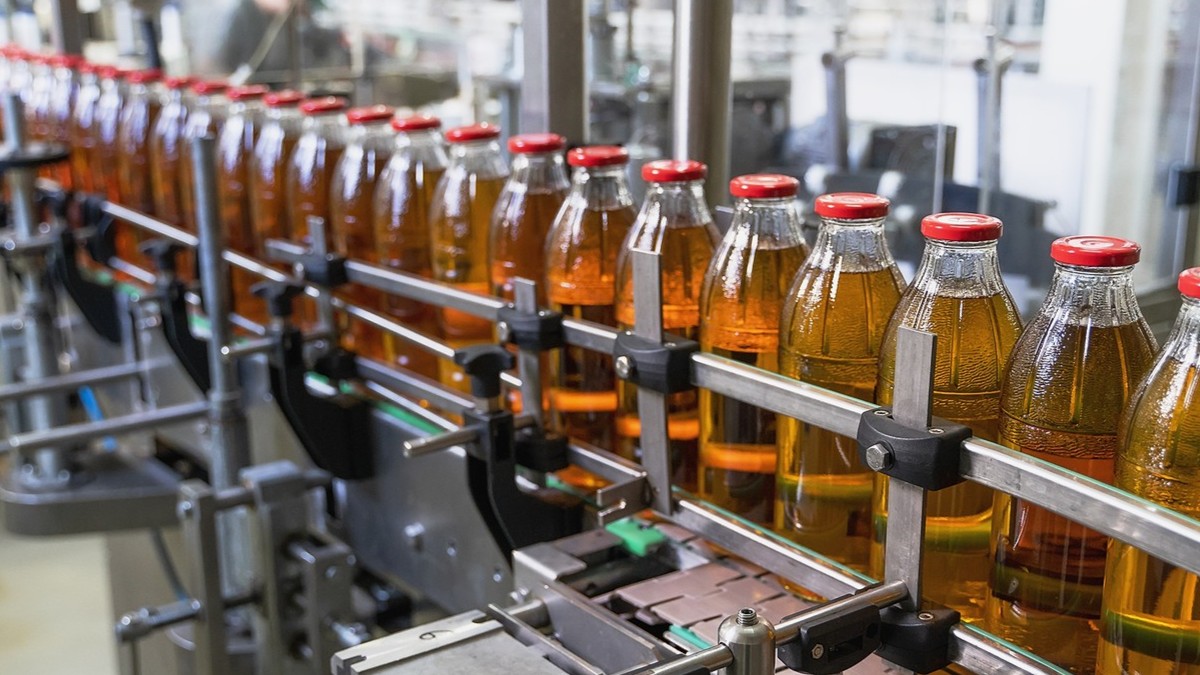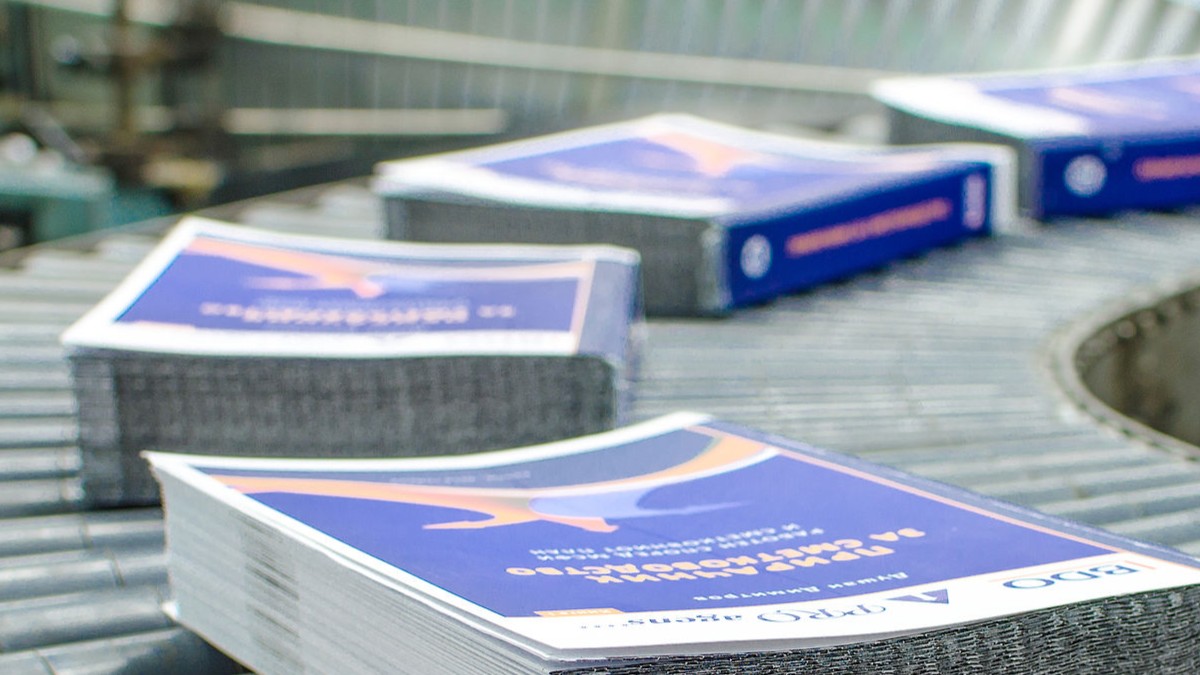When a patient experiences respiratory arrest—such as cardiac arrest, choking, or coma—if oxygen or effective ventilation cannot be promptly provided, prolonged brain hypoxia may result in irreversible damage. Particularly in scenarios without oxygen tanks, power sources, or in remote or disaster-stricken areas, traditional rescue methods face many limitations. Rescuers often lack equipment that provides isolation and positive-pressure ventilation. In such cases, a manual resuscitation bag can supply oxygen under pressure, maintaining patient life even without an oxygen source. This device is portable, easy to use, and requires no setup.
From Needle Phobia to a Seamless Induction Journey
Over one-third of adults worldwide suffer from needle phobia, with children especially fearful of intravenous (IV) injections. This leads to significant anxiety and resistance toward initial sedation among families and healthcare teams.
Meanwhile, outpatient surgeries, dental procedures, and pediatric interventions increasingly demand rapid, non-invasive induction methods that prioritize patient comfort.
In response, inhalational anesthesia induction has emerged as a breakthrough trend. A key focus is improving the usability and experience of masks and breathing circuits.
Continuous Growth in Mask-Based Induction Usage
User Preference and Clinical Evidence:
For most children and needle-phobic patients, “inhaling a breath” reduces anxiety and refusal rates more effectively than IV injections.
Research shows that while IV induction may have advantages in airway safety under specific conditions, inhalational induction maintains a stable usage share overall, especially for basic anesthesia induction.
Design Upgrades as the Key
Non-Invasive Yet Effective Ventilation Interface Design
Masks with the following features enable patients to achieve induction simply by inhaling a single breath, without needing oral instrumentation or skin puncture while controlling anesthesia depth:
Airtight silicone cushions that conform to various face shapes, maintaining an effective airway and gas concentration.
Positive pressure ventilation mimicking IV ventilation effects, allowing gradual increases in anesthetic concentration from the earliest stages.
Optimized Breathing Circuit Design
Breathing circuits paired with masks have also undergone functional upgrades featuring:
- Low dead space design (suitable for sensitive adults and children), reducing storage and dilution requirements.
- Low airflow resistance, ensuring smooth ventilation and compatibility with low-flow anesthesia modes.
- Compatibility with both closed and semi-open systems, enhancing CO₂ rebreathing rates and safety.
Compliance with International Standards
Reusable + Eco-Friendly Reductions in Plastic and Carbon Footprint
Utilizing silicone masks and high-pressure sterilizable tubing compliant with ISO 13485, CE, or FDA certifications ensures products are safe for repeated use. These reusable products reduce single-use medical waste, lower institutional consumable costs, and effectively shrink carbon emissions and medical waste, promoting sustainable healthcare environments.
Suitable for All Ages: Reducing Manpower Demand
Multi-size designs cover adults, children, and infants, applicable across all age groups. Simple operation enables single-person anesthesia induction, eliminating complex injection procedures and multi-person coordination. This is especially suited for dental clinics, outpatient facilities, and surgical centers requiring short-duration anesthesia, improving efficiency and safety. Meeting clinical needs while aligning with global trends in plastic reduction and carbon footprint mitigation, this design and compliance profile make it an ideal modern anesthesia interface choice.
Conclusion
The shift from traditional IV injection to needle-free inhalational anesthesia induction reflects the intersection of technological advancement and clinical needs. Achieving anesthesia with a single breath not only eliminates injection pain and reduces patient anxiety and stress but also effectively lowers cross-infection risks, aligning with the triad trends of health safety, operational efficiency, and environmental sustainability.
As demands for outpatient surgery, dental treatment, and pediatric care continue to grow, inhalational anesthesia induction devices are entering widespread adoption. Solutions built with high-quality silicone masks combined with professional breathing circuits—featuring low invasiveness, high safety, and great convenience—are progressively becoming the new clinical standard in anesthesia markets.



.jpg)








.jpg)
.jpg)
.jpg)